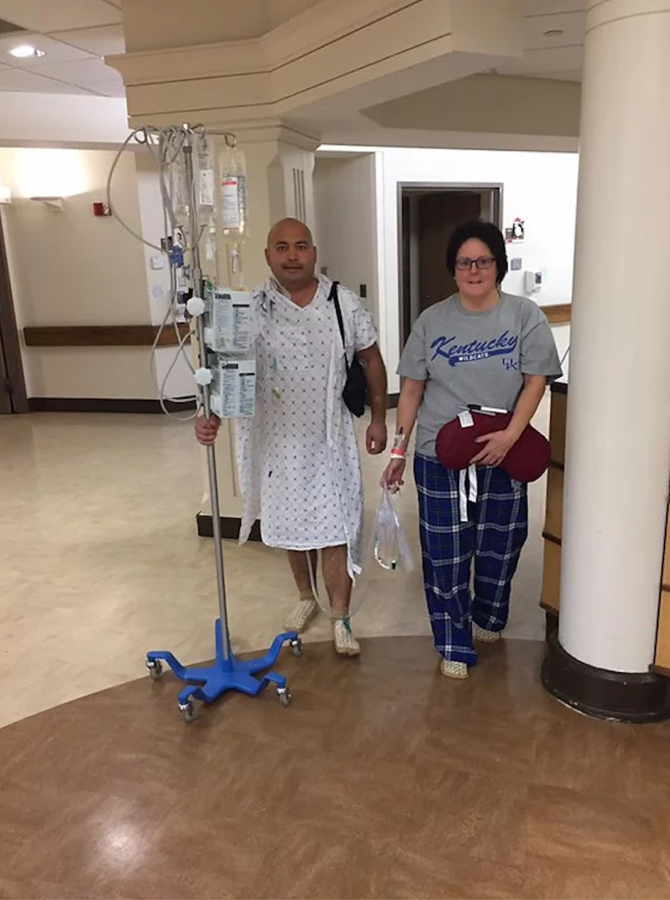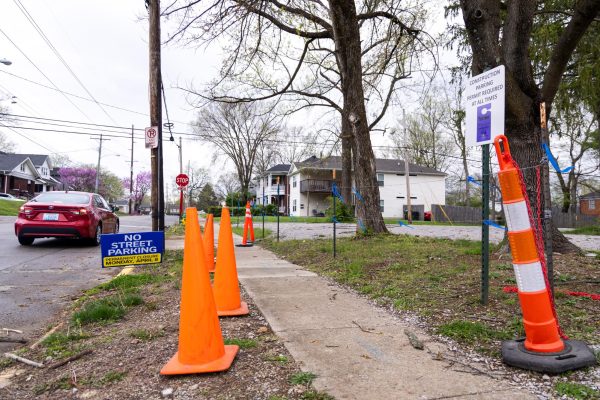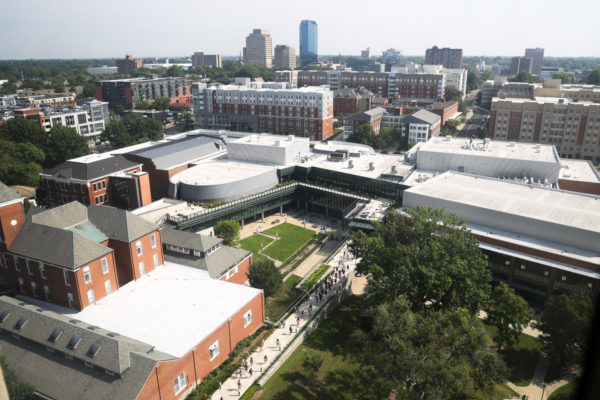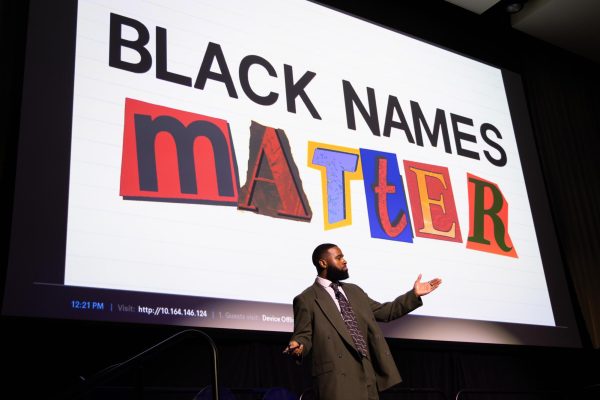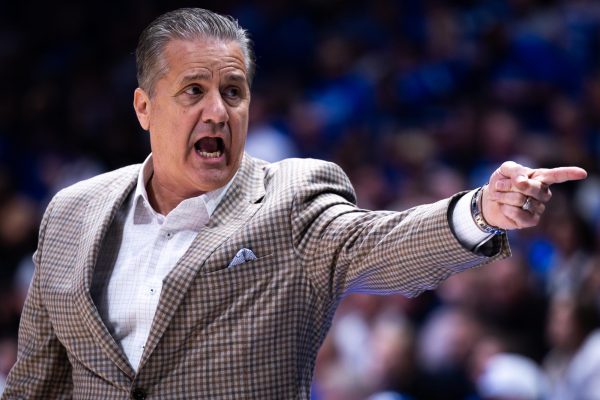Souls in the sky
December 13, 2020
There are people who claim they are not afraid to die, but when they find themselves facing death, their opinions might change.
Kentucky orthodontist, Dr. Jay Parekh, has been in near-deadly situations more than once.
“I’ve always felt like, you know, I could make it through anything,” Parekh said, sitting 500 feet away from the location that changed his life. “I’ve also never been too scared to die.”
Thirteen years ago, only nine months after marrying his wife Lindsay, Parekh was diagnosed with stage four soft tissue sarcoma. When they found the 15 centimeters tumor in his pelvis, most doctors considered it inoperable.
“They didn’t really expect me to make it,” Parekh said.
Eventually he found a surgeon who was willing to accept the challenge and perform the surgery. But it was not a clear path to health after cancer.
“I went through some very heavy chemotherapy, radiation and eventually surgery. Some of that long-term treatment eventually had some effects of my kidneys, and we noticed a lot of decline in my kidney function over the next few years,” Parekh said.
Since the function of his kidneys was declining, Parekh knew one day he would need a kidney transplant, but he assumed it would be later in life. A shocking conversation with his nephrologist revealed that he would need to be put on the kidney transplant list immediately.
Being on the transplant list does not guarantee one will receive an organ, but when it comes to Parekh, it seems that luck is always on his side. A neighbor of the Parekh family introduced them to a woman named Kelly McDonald.
McDonald had always wanted to give a kidney after someone donated one to her mother. Six months passed until she was able to gift her kidney to Parekh.
While these experiences would bring anyone closer to the idea of death, Parekh had already come to peace with death at a young age.
Parekh recalled his father sitting him down on the bed and giving him news that would change his life on May 10, 1982. His father proceeded to tell seven-year-old Parekh that his mother, Helene Kager, had died in a plane crash.
“My mom was always full of laughter, the eternal optimist. I can’t ever recall my mom having a bad day,” he said.
Kager was flying check runs for a company called Wright Express. On the day of the crash, she was on her last flight for the company before she would be able to fly check runs herself. While flying over Grayson, Kentucky, the first pilot onboard decided to try and loop the plane. That type of plane is not designed to flip like that.
Charles Jones, who worked at Wright Express in 1982, recalled the reports of what happened. “At the bottom of the loop, the wings could not take that type of pressure, and the airplane crashed,” he said.
To this day, the crash is something that Parekh said he thinks about constantly, possibly where he came to peace with the idea of death, but this did not deter him from getting his own pilot’s license.
On July 24, 2014, 30 years, two months and 12 days after the plane crash that killed his mother, Parekh was flying to the lake as he would any weekend of the summer.
As Parekh came into land, he felt a hard gust of wind that started veering him off the runway. He had made the decision in that moment to go-around, which is when the pilot fully powers up the airplane and tries to land the plane again.
Jones, who was watching him from his hanger at the airport, recalls seeing Parekh about six feet above when things started to go wrong. He said, “that wind basically rolled the airplane straight up and over, and he [Parekh] went into the woods on the left side of the runway.”
As Parekh realized his plane is crashing, he said he felt like a ping-pong ball being rattled around inside something. After facing death multiple times before, in this moment Parekh asked himself while he fell from the sky, “so this is how it ends?”
Miraculously, eventually the plane came to a stop. Parekh was not hurt except for a scratch on his finger.
“I was the first one to him, and I took a hammer to beat the windshield out … and I helped him get out of the airplane,” Jones said.
He recalled there being gasoline spewing from the plane and considered it a miracle that it didn’t explode and hurt Parekh or those who helped him get out of the plane.
Parekh said the similarities between his crash and his mother’s crash are eerie. Both he and Kager crashed lakes that start with the letter “N.” The chances of a mother and son both being involved in different plane crashes are slim. Parekh said he believes that the reason he is alive today is because his mother was his co-pilot that day.
Parekh has faced many hardships in his life, but through those hardships, he has always made it through. While the fear of death has never fazed him, his will to live has never let him down.









































































































































